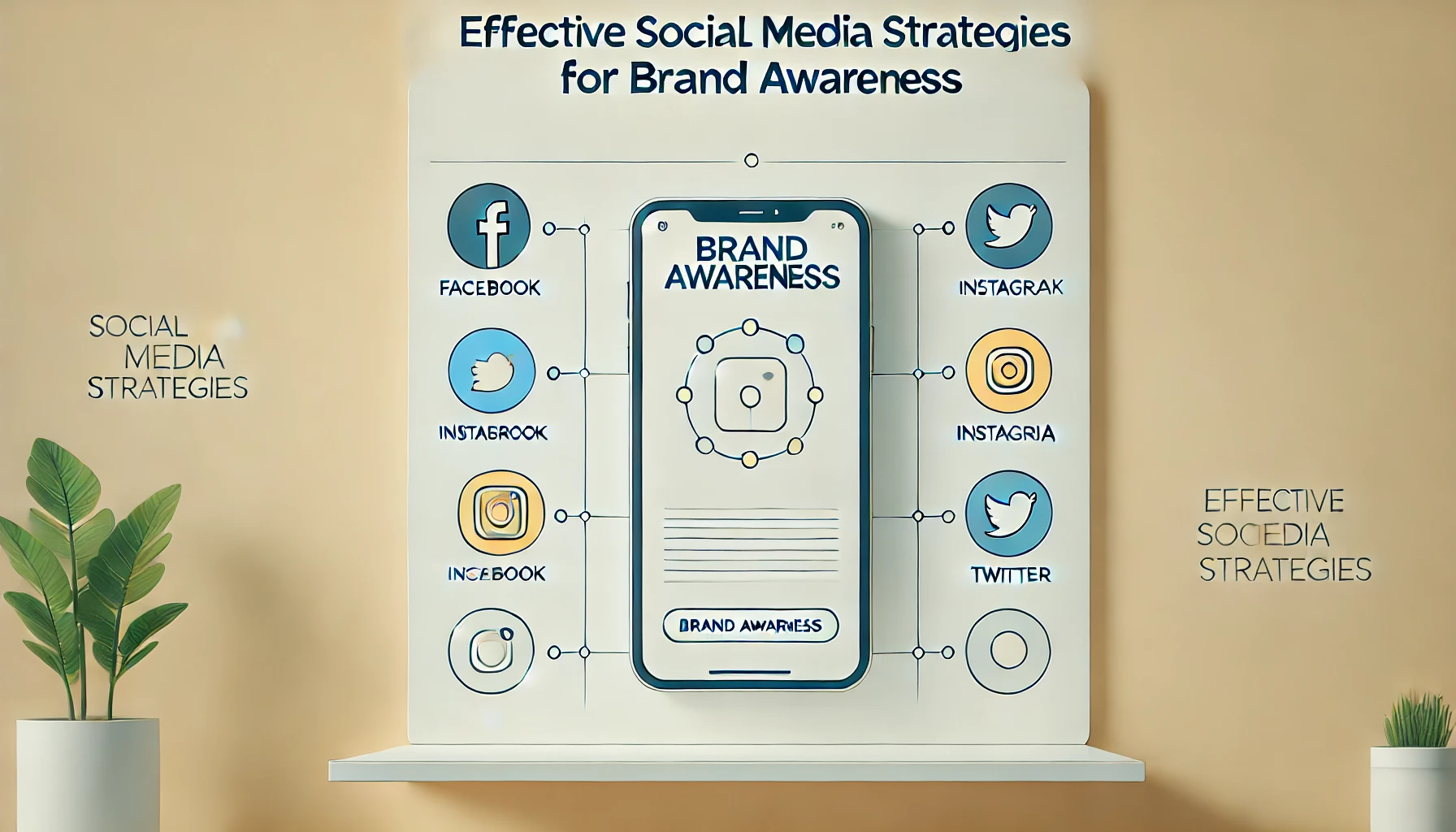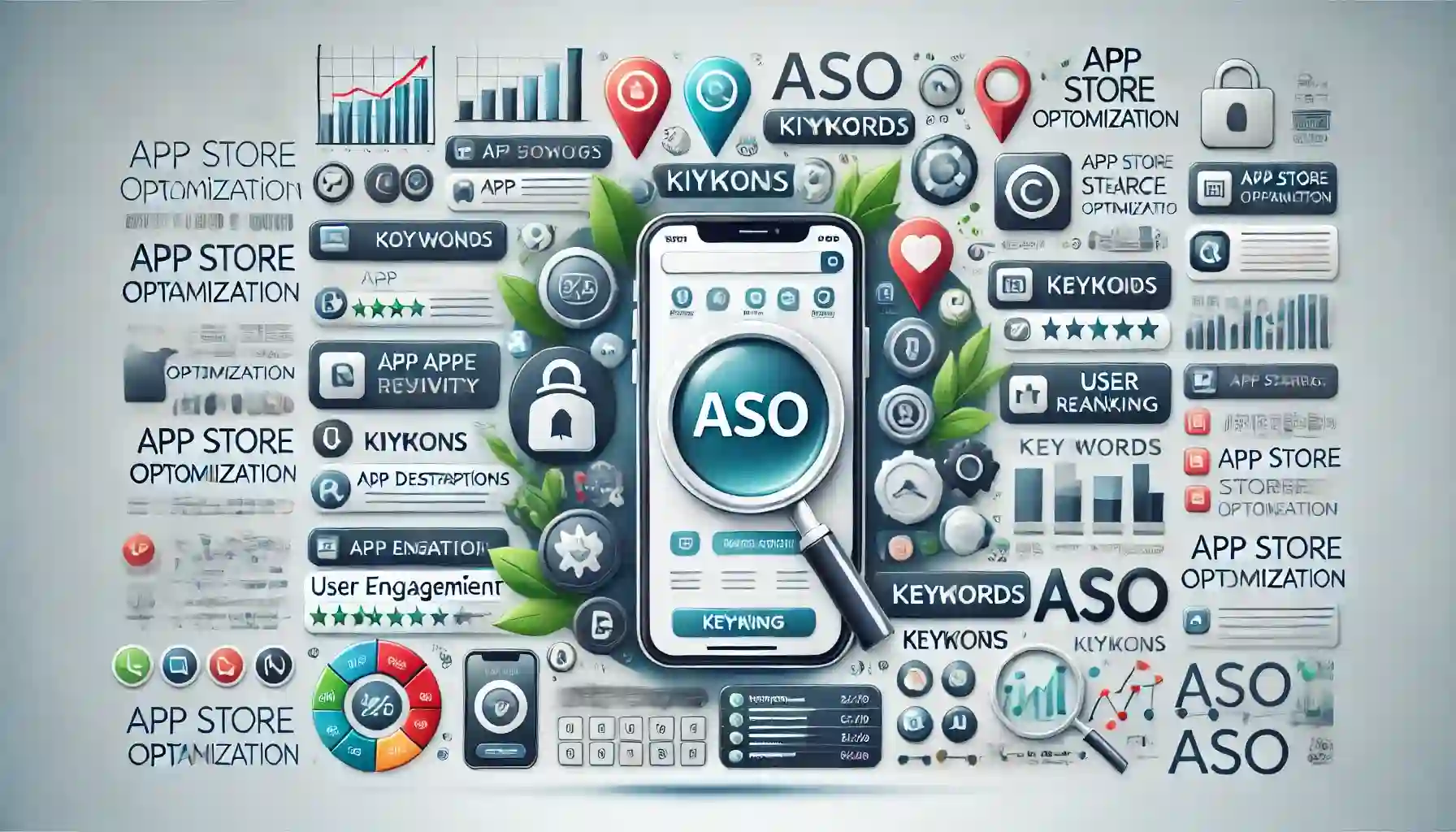
Content marketing revolves around the creation and distribution of valuable online material designed to attract leads to your business. This can include blog posts, eBooks, infographics, videos, web pages, and more. However, it’s not about publishing thin, low-value content; instead, it focuses on producing materials that genuinely benefit your audience as they browse online.
Today, traditional outbound marketing tactics—those that interrupt audiences—are less effective at resonating with and converting prospects. Inbound marketing, which involves creating narratives or telling stories, shines in this space. By doing so, your content becomes more authentic, engaging, and tailored to your audience’s needs.
Content marketing encompasses planning, creating, distributing, sharing, and publishing content across various channels like social media, blogs, websites, podcasts, apps, press releases, and print publications. The ultimate goal is to reach your target audience while boosting brand awareness, sales, engagement, and loyalty.
Why is Content Marketing Important?
HubSpot research from 2024 reveals that 29% of companies use content marketing. Let’s explore why businesses invest in this approach.
1. Modern Consumers Prefer Educational Content Over Intrusive Ads
Studies show that 70% of consumers prefer learning about products through articles rather than ads. Additionally, 44% of buyers consume three to five pieces of content before engaging with vendors. These statistics highlight how modern consumers avoid unsolicited marketing messages such as cold calls and paid ads. For instance, many people opt for ad-free experiences, like subscribing to YouTube Premium.
Interestingly, studies indicate that 290 million desktop users employ ad blockers. This underscores the importance of delivering value-driven content that resonates naturally with your audience.
2. A Cost-Effective Lead Generation Method
Demand Metric reports that content marketing generates over three times more leads than outbound marketing at 62% lower costs. Take entrepreneur Alex Hormozi, who spends $70,000 monthly producing 160 content pieces. This saves him over $2 million he’d otherwise spend on paid ads. Moreover, 67% of B2B marketers consider content marketing an effective lead generation tool.
3. Builds Brand Awareness
Consistently publishing and distributing content expands your reach, making it easier for new audiences to discover your brand. As a result, you improve brand recognition and recall.
4. Establishes Trust and Authority
Sharing educational content positions you as an expert advisor. It demonstrates that you care about your audience’s success, fostering trust and keeping your brand top-of-mind when they’re ready to buy.
Content Marketing Statistics
HubSpot surveyed over 1,400 B2B and B2C marketers across 14 countries and 23 industries in September 2023. Here are some key insights:
- 30% of marketers plan to incorporate short-form videos in 2024.
- 56% of TikTok users intend to increase their investment next year, the highest among all platforms.
- 45% of marketers use AI tools for inspiration, while 31% create outlines, 18% draft content, and 6% rely on AI for full writing.
- 14% of marketers find generating lead-focused content challenging.
- 87% of social sellers believe social selling is effective, with 59% reporting higher sales in 2023 compared to 2022.
- 24% of marketers aim to boost revenue and sales in 2024.
- 16% plan to experiment with experiential marketing (e.g., pop-ups and events) and influencer partnerships.
For deeper insights, download the 2024 State of Marketing Report.
Types of Content Marketing
Here are some common types of content marketing you can integrate into your strategy:
1. Online Content Marketing
This refers to any material published online, particularly web pages. A robust strategy helps improve search engine rankings, ensuring your content reaches the right people at the right time. For example, HubSpot’s homepage engages visitors with clear, compelling product information.
2. Social Media Content Marketing
With over 4.5 billion global social media users, platforms like Facebook, Instagram, LinkedIn, and TikTok offer vast opportunities for businesses. Each platform supports diverse formats, including photos, live videos, pre-recorded clips, and stories.
3. Infographic Content Marketing
Infographics simplify complex data into visually appealing graphics. They work well for breaking down intricate topics into digestible formats, making them ideal for educating diverse audiences.
4. Blog Content Marketing
Blogs allow creativity in topic selection and writing style. You can link related content, add social sharing buttons, and incorporate product details to enhance engagement.
5. Podcast Content Marketing
Experts predict that podcast listenership will grow to 71 million by 2025. Businesses and media outlets leverage podcasts to share knowledge, interview experts, and engage audiences.
6. Video Content Marketing
According to Wyzowl, 91% of businesses use video as a marketing tool. Videos build strong connections, drive conversions, and improve ROI. Platforms like YouTube and social media are excellent places to share video content.
7. Paid Ad Content Marketing
Paid ads expand your reach and complement inbound strategies. They can appear on social media, landing pages, banners, and sponsored content sections.
Content Marketing and SEO
Creating helpful content is essential, but it’s not enough to guarantee visibility. A 2023 Ahrefs report shows that 96.55% of content receives no organic traffic from Google. To stand out, consider investing in SEO.
SEO optimizes websites for better visibility in search engines like Google and Bing. Since 85.19% of blog traffic comes from organic search, SEO remains critical for maximizing ROI. Below are tips to enhance your content marketing efforts through SEO:
- Start a blog to increase indexed pages and improve Google rankings.
- Conduct keyword research to identify terms your audience uses during searches.
- Create high-quality content that addresses user intent and incorporates relevant keywords strategically.
- Build backlinks by earning links from reputable sites, which remains a significant ranking factor despite recent changes.
Content Marketing and Social Media
Social media offers another powerful channel for distributing content. Insights from the 2024 State of Marketing Report reveal:
- Social shopping tools yield a 16% ROI.
- 14% of marketers aim to sell directly via social media.
- Facebook, Instagram, YouTube, and TikTok deliver the strongest returns.
To excel in social media marketing:
- Avoid overt product promotion; instead, focus on building relationships and communities.
- Concentrate on high-impact platforms used by your target audience.
- Infuse humor and personality into your content to engage users effectively.
How Does Content Marketing Work?
Content marketers captivate audiences by sharing compelling stories and valuable information. Through various channels, they foster community and communication. People have different needs at each stage of the buying journey, so aligning content with the conversion funnel is crucial.
Top of the Funnel (TOFU)
At this stage, content builds awareness by addressing broad pain points and questions. TOFU content should draw potential customers in, helping them understand specific problems and introducing solutions. Common challenges include competition, balancing education with promotion, and tracking ROI.
Useful TOFU content types include:
- Blog posts
- Social media updates
- Short-form videos
- Podcasts
- Infographics
Middle of the Funnel (MOFU)
MOFU content nurtures relationships by educating prospects about your solution and demonstrating its value. At this stage, trust-building becomes vital. Pay attention to user behavior and avoid rushing conversions. Instead, provide detailed information to nurture leads.
Effective MOFU content includes:
- Email newsletters
- Product demos
- Case studies
- Long-form videos
Bottom of the Funnel (BOFU)
BOFU content focuses on driving conversions by making it easy for prospects to test products, understand pricing, and complete purchases. Personalization and strong calls-to-action (CTAs) play key roles here.
Relevant BOFU content types include:
- Personalized emails
- Customer testimonials
- Pricing pages
- Competitor comparisons
Content Marketing Strategy
Developing a solid strategy ensures impactful content marketing efforts. Follow these steps to reach your target audience, convert leads, and drive sales.
1. Identify Your Target Audience
Rather than targeting everyone, focus on a niche group with specific interests and needs. Use buyer personas to guide your research and answer questions like:
- What do they need from you?
- What challenges are they facing?
- Why do they need your product or service?
- How can you help them succeed?
- Where do they spend their time?
2. Set SMART Goals
Establish Specific, Measurable, Achievable, Relevant, and Time-bound goals aligned with your broader marketing objectives.
3. Determine Key Performance Indicators (KPIs)
Define measurable metrics to evaluate progress toward your goals. Examples include:
- Brand awareness: Site traffic, social media followers, subscriptions
- Revenue: Daily sales, site traffic
- Conversions: Conversion rates, cart abandonment rates
- Brand loyalty: Repeat customers, reviews, referrals
4. Choose Content Types and Formats
Decide on the types of content (blogs, videos, etc.) and formats (listicles, how-tos, etc.) based on audience preferences and industry trends.
5. Select Content Channels
Determine where to publish and distribute your content. For example, Facebook content belongs on Facebook itself.
6. Set a Budget
Consider software, hiring freelancers, ad spending, and other resources needed to execute your plan.
7. Create a Publishing Schedule
Use editorial calendars to organize and schedule content consistently.
8. Create and Distribute Content
Produce high-quality, engaging content optimized for SEO and platform-specific best practices. Promote it across email, social media, and collaborations with influencers.
9. Analyze and Measure Results
Regularly review performance against SMART goals and KPIs. Adjust strategies as needed to improve outcomes. Tools like HubSpot Analytics, Google Analytics, and Sprout Social can assist with analysis.
Content Marketing Examples
Let’s explore real-world examples to inspire your strategy:
1. Instagram Content Marketing
Glossier’s Instagram account reflects its brand identity, showcasing products, usage tips, and customer testimonials.
2. Infographic Content Marketing
HubSpot created an infographic teaching readers how to grow blog subscribers. Its clean design and actionable advice make it highly effective.
3. Blog Content Marketing
Expedia publishes travel-related blogs covering destinations, activities, and hotel recommendations. Their consistent output keeps readers engaged and boosts brand awareness.
4. Podcast Content Marketing
Harvard Business Review’s HBR IdeaCast features interviews with industry leaders, enhancing brand authority and expanding reach.
5. Video Content Marketing
Dollar Shave Club’s humorous, engaging videos have gone viral, significantly boosting brand recognition.
6. Paid Ad Content Marketing
Revolve uses paid ads on Facebook to showcase products and promotions, driving traffic and conversions.
7. X (Twitter) Content Marketing
HubSpot leverages X to share product updates, industry insights, and customer support information, fostering a vibrant community.
8. TikTok Content Marketing
Chipotle excels on TikTok with creative videos featuring menu items, recipes, and behind-the-scenes looks.
9. Viral Content Marketing
Nathan Apodaca’s TikTok video featuring Ocean Spray cranberry juice went viral, leading to increased sales and brand awareness for both Ocean Spray and Fleetwood Mac.
Traits of Effective Content Marketing
To stand out in today’s crowded digital landscape, focus on these traits:
- Provides Value Beyond Products
Offer actionable insights that empower customers to solve pressing problems. For instance, Curlsmith educates readers about hair care before promoting its products.
- Targets Specific Buyer Journey Stages
Align content with awareness, consideration, or decision stages. For example, Perfume highlights unique product features to persuade decision-stage buyers.
- Demonstrates Consistent Brand Voice and Image
Ensure all content reflects your brand’s tone and visual identity. Develop style guides to maintain consistency across platforms.
- Is Timely and Engaging
Publish content aligned with customer behaviors and seasonal trends. For example, finance startups might release budgeting tips in January to capitalize on New Year resolutions.
Best Content Marketing Resources
Enhance your skills with these valuable resources:
- HubSpot Academy: Free courses on becoming an effective content marketer.
- HubSpot Free Resources: Tools to elevate your content strategy.
- Content Marketing Institute: Comprehensive education and events.
- Industry Blogs: Expert insights from platforms like HubSpot.
- Podcasts: Shows like This Old Marketing and HBR IdeaCast .
- Google Trends: Stay updated on emerging trends.
- Ebooks and Case Studies: Practical examples and strategies.
- Statista: Latest content marketing statistics.
- Design Tools: Canva for visual content creation.
- Social Media Management Tools: HubSpot, Buffer, or Sprout Social.
- Project Management Tools: Trello or Asana.
Best Content Marketers to Follow
Expand your network by following influential marketers on LinkedIn and X:
- Luvvie Ajayi Jones: Combines humor with marketing expertise.
- Zontee Hou: Shares scalable marketing strategies.
- A. Lee Judge: Covers lead generation and multi-channel marketing.
- Ann Handley: Offers training on content marketing and storytelling.
- Neil Patel: Provides actionable tips on SEO and digital marketing.
- Guy Kawasaki: Inspires with thought-provoking questions and insights.
Engage Your Target Audience With Content Marketing
Effective content marketing connects you with your audience, boosts conversions, and grows your brand. Experiment with different formats, tailor content to buyer journey stages, and continuously measure results. By extracting maximum value from every piece of content, you can amplify your bottom line and strengthen customer relationships.







